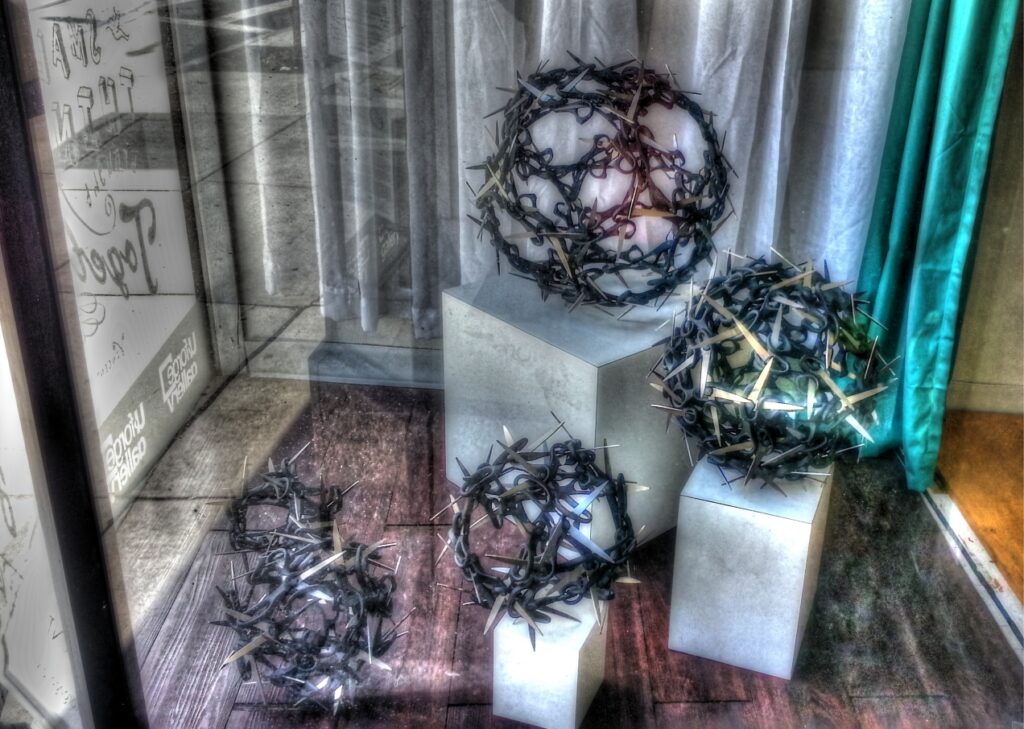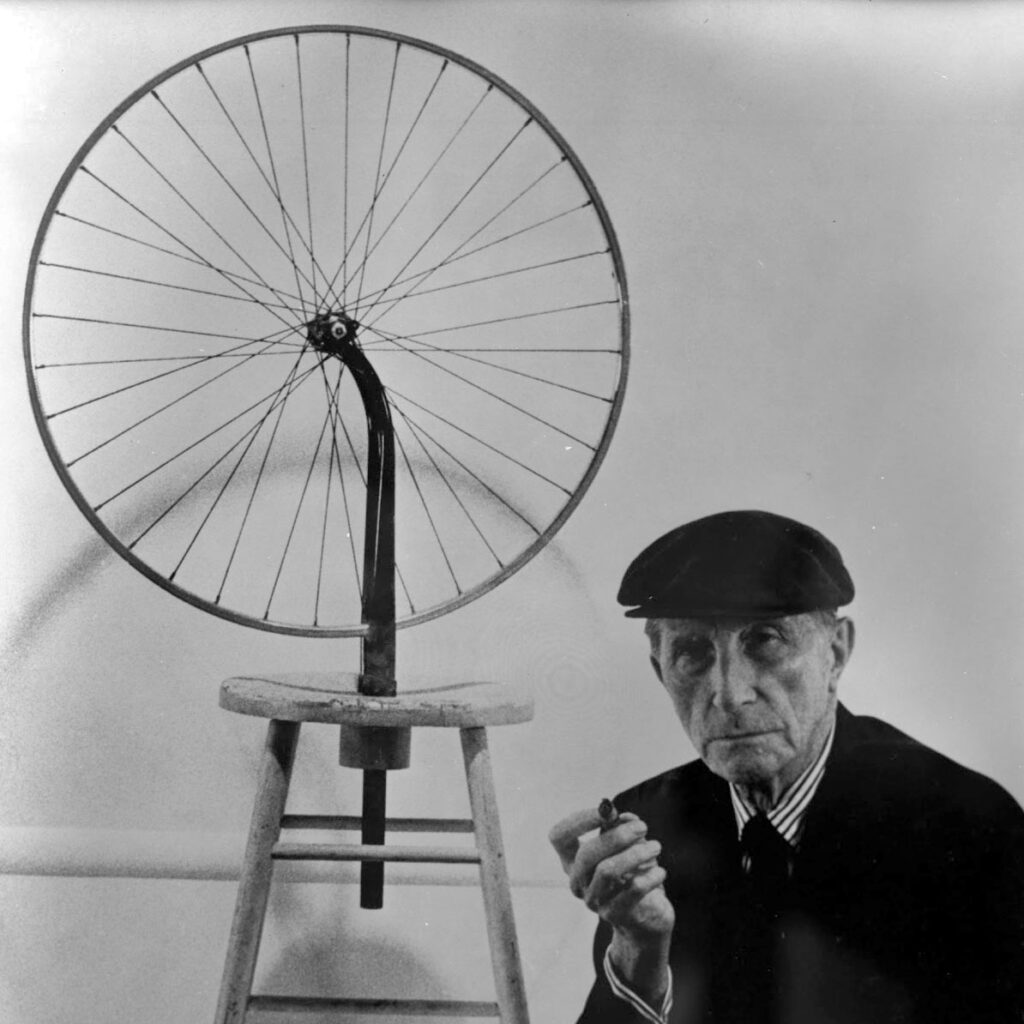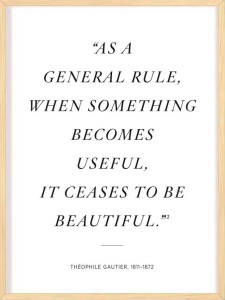Deutilization
Deutilization is a branch of conceptual art.
WikipediA:
Conceptual art, sometimes simply called Conceptualism, is art in which the concept(s) or idea(s) involved in the work take precedence over traditional aesthetic and material concerns.
“Productive work” results in objects that are considered useful, or having practical value.
During the Deutilization process, commonplace objects are being separated from their practical value thus revealing their true essence.
This is different from Appropriation where objects are given a different meaning.
And of course Deutilization is very far from recycling where useless objects are given practical value again (different from the original or the same).
Deutilization does not use garbage. Deutilization takes perfectly functional “useful” objects, preferably new, and makes them completely dysfunctional in terms of the original intent.
Deutilization is the antithesis of consumeristic way of living. It pushes back against the closed vicious circle of production/consuming culture. Under Deutilization, every object made by a human being is regarded as art, covered and cloaked by its artificial, so-called practical value. Behind every act of industrial production lies an act of true art creation. The main goal of the Deutilization process is to uncover the immensely vast Terra Creation from the ‘practical’ cloak.
“Deutilization” refers to the process of removing or negating the typical function or utility of an object.
In the context of art, particularly conceptual art, “deutilization” describes the act of taking everyday objects or concepts and stripping them of their conventional purpose, allowing them to be reinterpreted in new, abstract, or creative ways.
For example, a conceptual artist might take a functional object like a chair, but present it in such a way that it no longer serves as a chair (by altering its form or placement), shifting the viewer’s perception from function to meaning or aesthetics.
This process is referred to as “deutilization,” as the object is no longer “utilized” in its traditional sense.

Objects like Scissaurus, HedgeCone, and HedgeCone Rad align with the concept of deutilization.
By transforming their original forms and purposes, you’re inviting viewers to reinterpret these objects through a conceptual lens, shifting away from their functional origins to new, imaginative meanings.

Duchamp’s Bicycle Wheel is an excellent example of deutilization. By taking a functional object like a bicycle wheel and mounting it on a stool, Duchamp removed its practical use and transformed it into a conceptual piece of art. The work shifts focus from utility to idea, encouraging viewers to engage with the object in new, imaginative ways, which perfectly aligns with the concept of deutilization.


